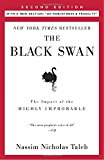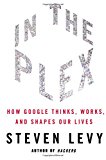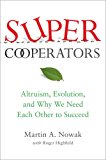Influence: Science and Practice
Reading this book gave me the same feeling I hade when I read Anarchist Cookbook; like I was learning something I really shouldn’t. Robert writes the book from the perspective of how to avoid the traps of influence. It doesn’t take long to realize that in the wrong hands this book could be used for evil, or at least increased sales.
(I would also like to take this opportunity to apologize to any of my childhood neighbors who mysteriously found any damage to their personal property that I may have inadvertently caused and to anyone that I may in the future apply any undue influence to.)
One thing I did learn from reading the Anarchist Cookbook is that if you then take one very volatile chemical and apply it to one very sticky chemical you have homemade napalm.
Made to Stick: Why Some Ideas Survive and Others Die
Made to stick in contrast in no way seems dangerous and can be seen as having great potential for achieving a greater good (then again that’s what Teller and Ulam thought).
Made to stick in my opinion is a must read for any manager or leader. I think it should be required reading for anyone who has to ‘pitch’ their idea.
If you are a change agent in your organization (or want to be) you have to read these books. The combined effects of these two books is sticky influential ideas at the emotional or almost subconscious level. Basically it’s the ability to drive change in your organization (or at the very least the ability to become the dictator of a third world country).
Similar Posts:
- I still love real books, but….
- What Should Big Book Retailers Do To Stay Relevant? What Would You Do?
- Dear Book Publishers, Here’s How to Get Me To Switch to ebooks.
# of Comments 0
# of Comments 7
# of Comments 20







Recent Comments